Right after college, chasing big dreams and even bigger idealism, I taught in a high-need school in rural Mississippi. You may have seen one of the popular movies about similar situations, such as “Dangerous Minds” or “Freedom Writers.” One of the big differences between the movies and reality is that the teachers in the movies face their hardest days and biggest push back in the beginning. Things get better as they connect with their students and inspire them to see the ways education can enhance their lives. In reality, students are on their best behavior those first few days and weeks of school and the challenges ramp up and continue throughout most of the school year, with little victories sprinkled throughout crushing failures and really tough days. This was just my experience of course.
This is not so different than my experience of the Appalachian Trail. I faced fear and uncertainty those first few days, but the feeling of conquering those fears and checking off new experiences and victories in the backcountry provided the needed motivation to keep going. However, as miles and days and soreness stacked up, the trail experience often consisted of misery, challenge, and monotony, sprinkled with the occasional beautiful view or encouraging connection.
The views were a highlight and temporary reprieve from the day’s challenges.
I don’t mean to or want to shit on the Appalachian Trail. I’m so glad I hiked the 320 miles I hiked. I’m grateful for all of the people I met along the way. I would make the choice again. I will very likely hike more miles. But, for whatever reason, I feel compelled to provide a balanced perspective, a truthful perspective, not overly clouded by the amnesia indicative of type two fun. When I researched before my hike, I flocked to the perspectives of successful thru hikers. That’s natural; that makes sense to do. I hate to admit that it was pretty easy to discount the stories of unsuccessful thru hikers; after all, they didn’t finish their hike. Having gone out there, I realize now that many different perspectives would have been valuable, especially if I could consume them with an open mind.
Alright, let me get into it. I loosely followed John Kelly’s fastest known attempt (FKT) of the Appalachian Trail this year. After his attempt, he posted about what went well and what went wrong. I’m going to take inspiration from his approach and share what went well, what went wrong, as well as some of the surprising lessons I learned along the way. Please keep in mind, this is just my experience and my perspective and in no way implies that it should be generalized or is true for anyone except for me. This is my reflection after hiking 320 miles of the Appalachian Trail; I’m sure it would change with more or less miles.
What went well on my Appalachian Trail thru-hike attempt
- Gear: Overall, I was really satisfied with my gear choices. I changed out my tent and sleeping bag early on for lighter versions, and this worked out really well. I didn’t have anything that wasn’t put to use, and even the things I had doubts about, like my Ursack, worked well. The only exceptions were my Freefly sunshirt that never dried (I opted instead to go back to my Patagonia capilene shirts) and my Altra Lone Peaks which I switched out for the Altra Timps. I do wonder if I needed more arch support, so that’s something I’ll investigate more before any further long distance hiking.
- Pack Weight: After the tent and sleeping bag switch, my pack only ever felt heavy right after a big resupply. I loved my Hyperlite Mountain Gear Unbound 50 liter pack. I think I made good gear choices that led to a manageable pack weight.
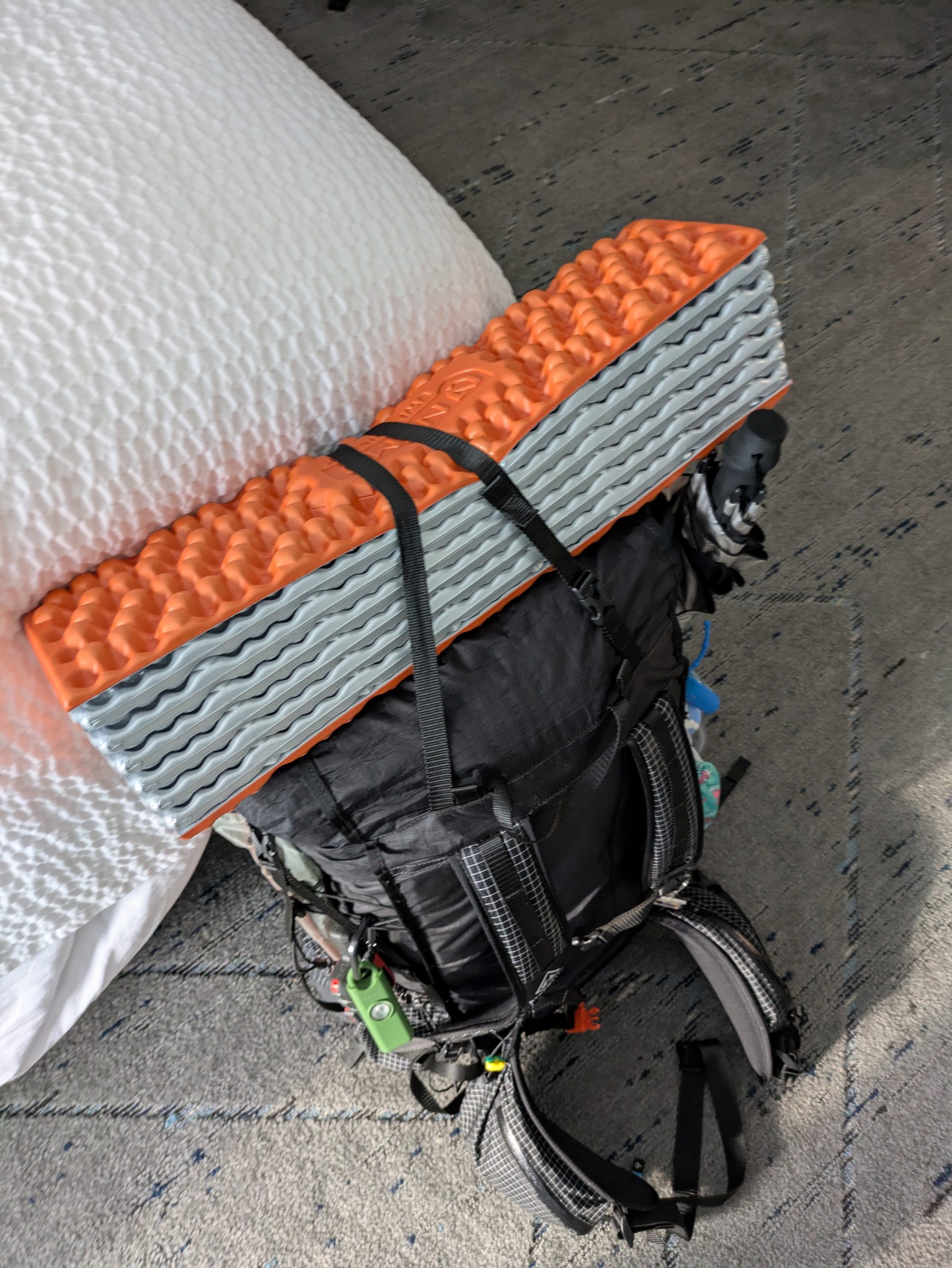
All packed up before leaving town to head back on trail.
- Planning: On trail you’ll find two kinds of people, those who love planning and map out everything, and those who hate planning and map out nothing but who stick closely with the planners. I used the FarOut app and the digital PDF of the 2025 A.T. Guide. I found both of these resources to be helpful for different things. I also used the “Plan a Route” feature on FarOut which was helpful for planning days between resupply and thinking through different daily mileage options. I also found it helpful to stay focused on the days and sections directly ahead of me. Looking too far ahead could needlessly increase overwhelm and dread.
- Getting used to life on trail: It’s amazing how quickly humans can adapt to new routines and environments. What felt like a completely foreign life on day one became a familiar rhythm by the end of the first week. It became normal to wear the same clothes everyday, navigate around town without a vehicle, and sleep next to strangers.
- Trail community: This was an unexpected joy on trail for me. I didn’t necessarily choose to hike the AT to meet people, so I was surprised at how much I enjoyed the trail community and how much connection I felt with those whose paths I crossed. Throw an introvert into the backcountry and they become a people person very quickly. At least I did.
- Taking my time and taking time to be present with surroundings: One of my primary motivations to thru hike was to be present and enjoy nature. When I wasn’t enjoying myself, sitting on a log and spotting a snail, or pausing to listen to and feel the wind, were saving graces. I also took notice of how nature unfolds in the woods, literally witnessing plants open up as I walked through spring and into summer.
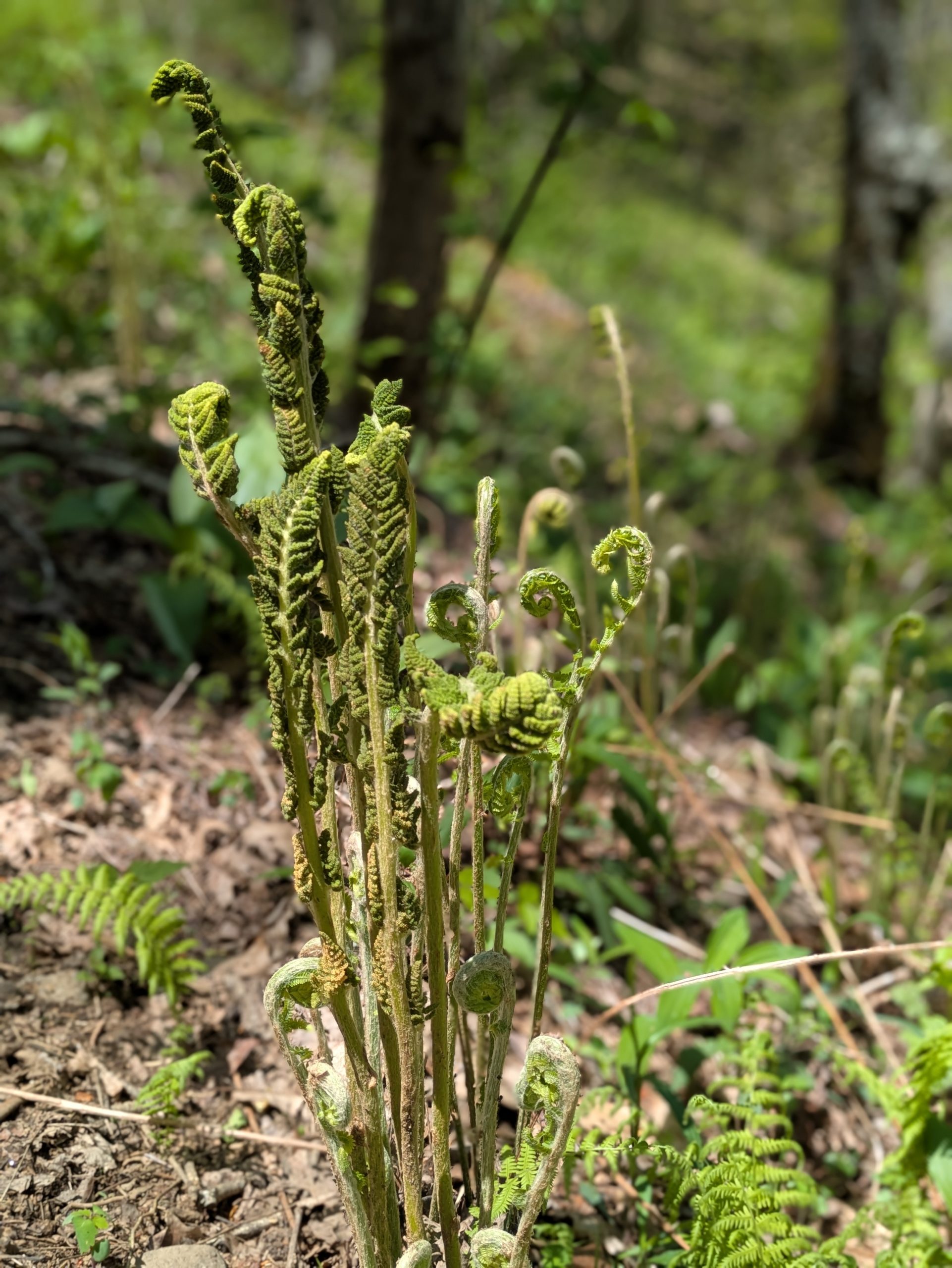
I had no idea ferns unfurled in this way.
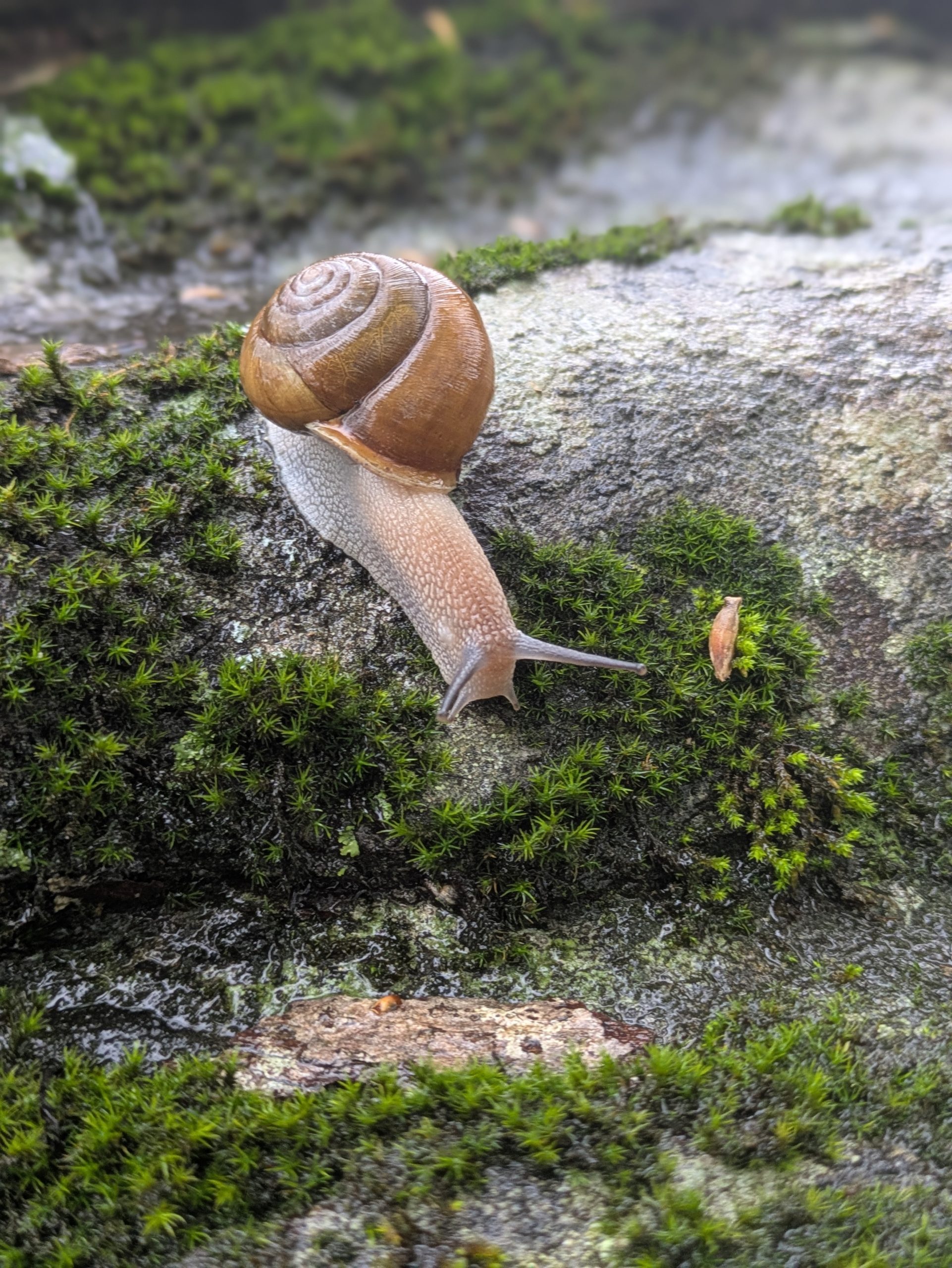
One of the benefits of going slowly was the number of small creatures that caught my eye.
- Making a big life reset to give me more options: A lot of things happened before I set foot on trail to make it happen, including saving a lot of money and selling my house. For my specific situation and desires, these choices made it harder to decide to end my hike on a whim, after all, I didn’t have a home to go back to, nor an easy situation to slip back into. This has been a good thing for me. I’m not sure I would have taken these drastic steps if I hadn’t planned to hike all the way to Maine. Even though Maine is no longer on the horizon, the steps I took to prepare my life for a thru hike have given me a lot of options for what’s next.
What went poorly on my Appalachian Trail thru-hike attempt
- Nutrition/fueling: I had no idea how much time I would spend thinking about how to fuel myself to hike everyday. As I wrote about, I dealt with a lot of food aversions during my hike. Unfortunately, most of the aversions were related to protein sources. It sucks knowing you need to eat but not wanting to eat. Related to this, I also dealt with a lot of GI issues on the trail, probably related to the food I was eating and the intense physical activity. It wasn’t fun. Maybe it’s my age, but I had a hard time accepting the thru hiker diet. Even though it was temporary, I didn’t feel good about what I was putting into my body. I definitely made some choices that improved this, but I have been so glad to eat a more balanced diet since I’ve been off trail. To me, one of the appeals of hiking the trail differently than a thru hike, like section hiking or long weekends, is the flexibility with food options and having shorter periods of needing to eat crap that screws with your systems.
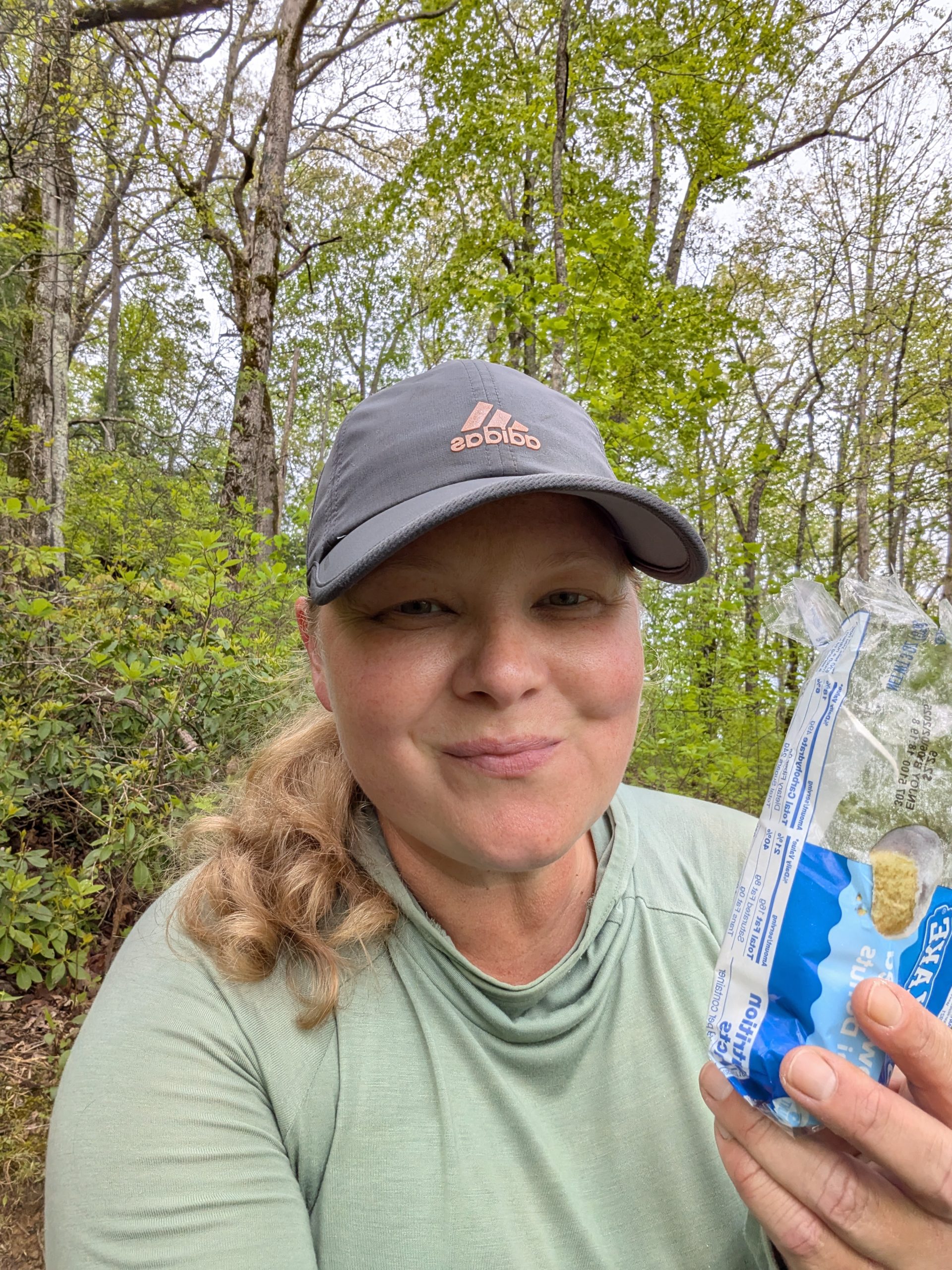
I often needed to choose high calorie, relatively bland foods like donuts to get past my aversions while still fueling my miles.
- Fitness: I knew fitness would be one of my bigger challenges, but I didn’t realize how much a thru hike is akin to an extreme endurance sport. I walked a lot before my thru hike attempt, but I didn’t get anywhere near the elevation experience I needed. This made mountain hiking difficult and slow. This was a common thread along the trail, from those who did no training and from those who run marathons. I don’t know what else to say about this. I could go slightly longer miles as I gained experience, but they never really got easier. Maybe if I’d stuck it out longer, they would have. Who knows. But, this is important for people to know. Hiking the Appalachian Trail is not a long stroll through the woods. The upside of this is that I became more attuned to my body than I ever have been. The downside is that I was aware how much I was beating it up.
- Sleep: Sleep was another consistent challenge for me on trail. This wasn’t a huge surprise since I don’t sleep that great in a comfortable bed or camping. But, this is a problem when you’re asking your body to perform great feats everyday. Also, I’m a night owl. Getting used to the entire camp going to bed at 8:30 PM was not easy. I had hoped that my body would adjust to the natural rhythms of sunrise and sunset, but it never did.
- Functioning within extremes: I hate to state the obvious, but a thru hike is an extreme lifestyle choice. Every time I’m drawn to an extreme challenge, I’m eventually reminded that I don’t function at my best within extremes. Does anyone? Maybe. Obviously, I often forget this bit of self knowledge. The trail reminded me. This time, I think daily balance and happiness outweighed the end accomplishment.
Surprising lessons on my Appalachian Trail thru-hike attempt
- Turning something you love into something you do all day everyday has the potential to drain it of the love. I knew it was possible I would feel this way, and I was right. Off trail, I hike to escape the noise and busyness of society and everyday life. On trail, I couldn’t wait to get to society to escape the trail. Go figure.
- Thru hiking the Appalachian Trail, in my opinion, is an athletic feat above anything else. There’s nothing wrong with this, and maybe this is completely obvious to others. I just need to state this for my idealistic self imagining me strolling through nature, birds landing on my shoulder, having barely broken a sweat.
- I gained a great and unexpected appreciation for the evolution of human society and the innovations that got us out of darkness, weather, water-related disease, and any number of other advancements. One will never appreciate indoor climate control more than when you experience the power of the outdoors to keep everything damp all of the time.
- The idea of freedom on the trail is complex. For me and many like me, thru hiking the Appalachian Trail conjures thoughts of freedom. After all, for a short time, you’re free from the constraints of a job, the distractions of a tech-connected world, societal expectations of hygiene, etc. This is true. But it’s also true that thru hiking the Appalachian Trail comes with its own set of constraints, chief among them the fact that to get to where you’re going, you have to hike everyday, many miles, even when you don’t want to, even when you’re soaked through your clothes or suffocating from the heat. Even when you could be choosing to do other things you love to do.
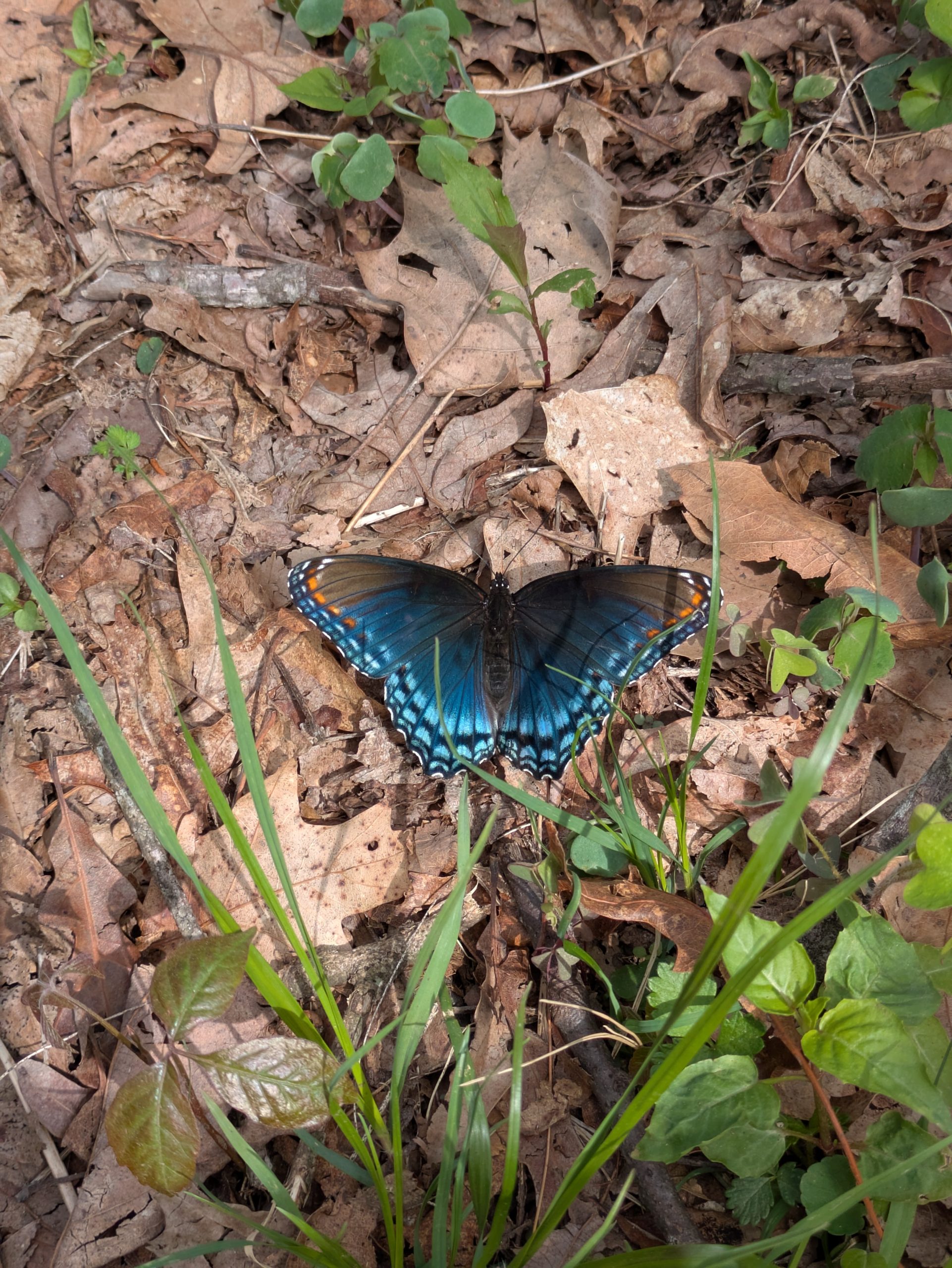
Another beauitful find from my sauntering through down the trail.
- I speculate that in order to successfully complete a thru hike of the Appalachian Trail, your primary end goal and motivation needs to be the accomplishment of hiking all the way to Maine. For me, my primary motivation was a specific experience and reset. When things got really hard, it was easy to see there were less painful ways to accomplish what I was looking for and Maine didn’t carry a ton of weight. I’d love to hear others’ perspectives.
- Thru hiking gets most of the attention, but there are tons of people out there experiencing the Appalachian Trail in other ways. I met so many people on trail who were section hiking, hiking over a weekend or a day, or completing the entire trail over the span of many years. I’m guilty of idealizing the most extreme way, and I’m looking forward to exploring these other AT experiences.
I think this sums up most of what I hoped to share. I want to thank The Trek for giving me a platform to share my hike and all the readers who followed along. If I get back on trail later this fall or decide to conquer the trail over many section hikes, I hope I’ll meet you back here to share what that’s like.
In the meantime, happy trails, however you decide to enjoy them!
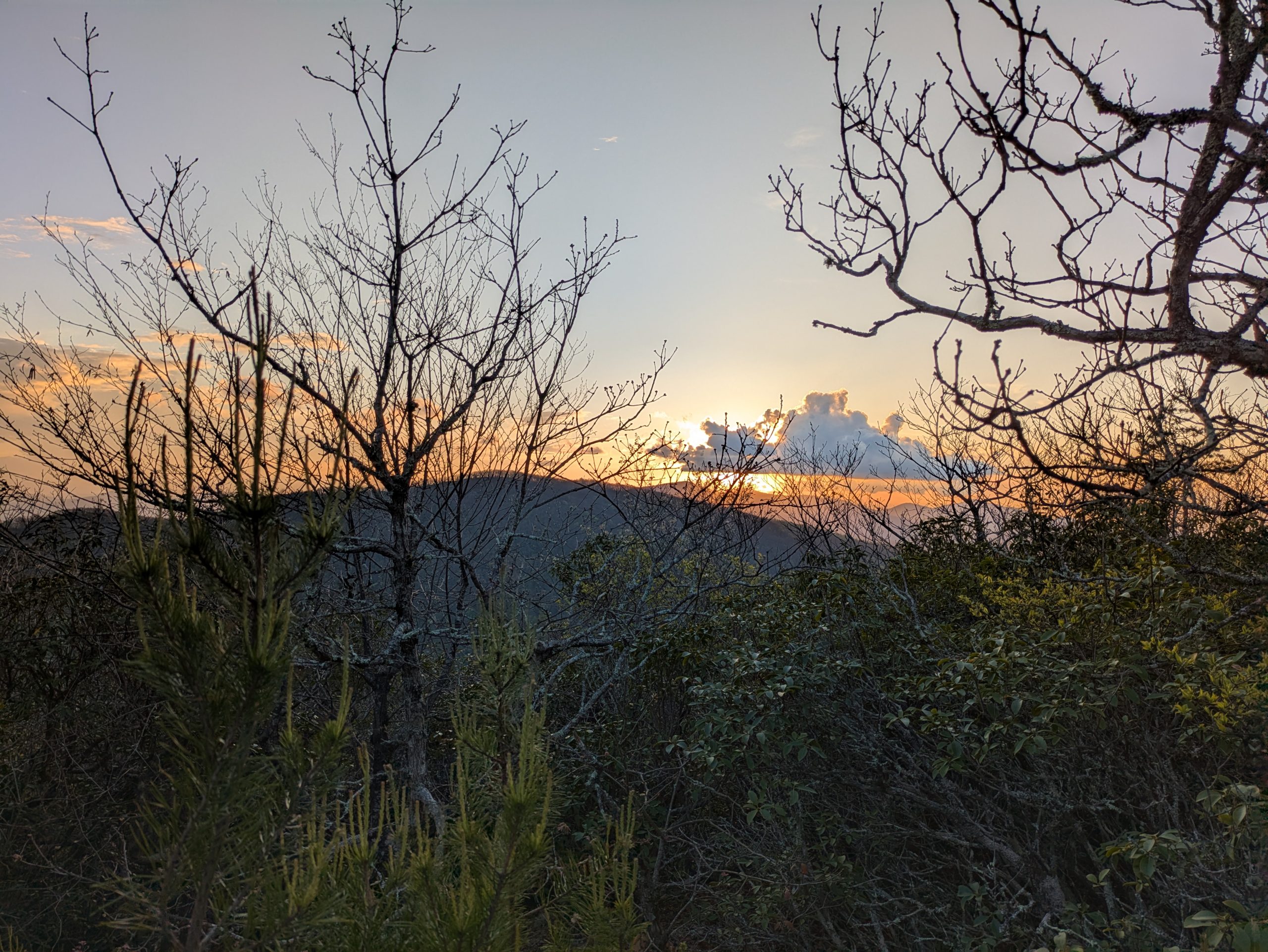
A beautiful sunset, definitely one of the best parts of sleeping in the mountains.
This website contains affiliate links, which means The Trek may receive a percentage of any product or service you purchase using the links in the articles or advertisements. The buyer pays the same price as they would otherwise, and your purchase helps to support The Trek’s ongoing goal to serve you quality backpacking advice and information. Thanks for your support!
To learn more, please visit the About This Site page.




